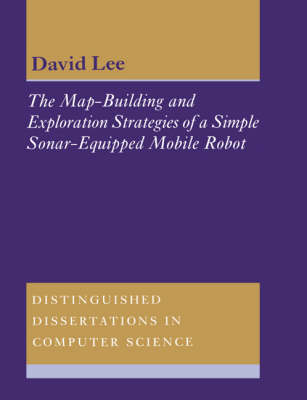Distinguished Dissertations in Computer Science
1 total work
The Map-Building and Exploration Strategies of a Simple Sonar-Equipped Mobile Robot
by D. C. Lee
Published 26 July 1996
There are two radically different approaches to robot navigation: the first is to use a map of the robot's environment; the second uses a set of action reflexes to enable a robot to react rapidly to local sensory information. Hybrid approaches combining features of both also exist. This book is the first to propose a method for evaluating the different approaches that shows how to decide which is the most appropriate for a given situation. It begins by describing a complete implementation of a mobile robot including sensor modelling, map–building (a feature–based map and a grid–based free–space map), localisation, and path–planning. Exploration strategies are then tested experimentally in a range of environments and starting positions. The author shows the most promising results are observed from hybrid exploration strategies which combine the robustness of reactive navigation and the directive power of map–based strategies.
